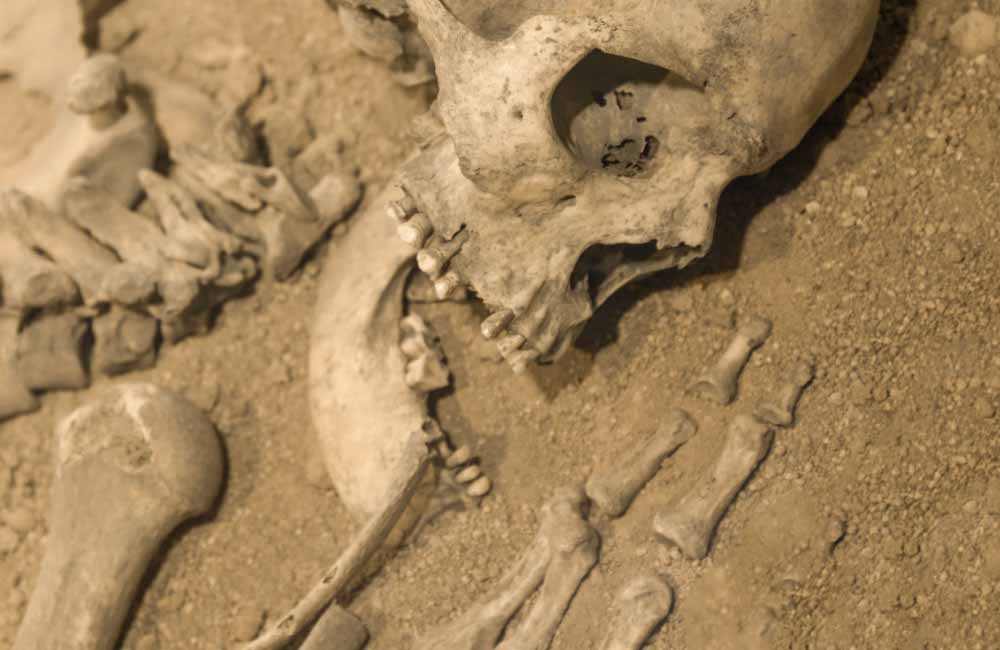Cannabis Found in Bones of 17th Century Italians
Italian researchers have unearthed indications of cannabis use among Milan, Italy, residents centuries ago, drawing insights from bone analysis conducted on a 17th-century Italian cemetery. The research report suggests that people living in the 1600s in Milan used cannabis for recreational purposes.
Researchers reported the findings in a study published in the Journal of Archaeological Science. It’s the latest in a recent surge of research on cannabis history, including findings that Israelites used cannabis in ancient rituals and that people ate cannabis porridge in the Ancient Chinese Tang Dynasty.
“We know that cannabis has been used in the past, but this is the first study ever to find traces of it in human bones,” biologist and doctoral student Gaia Giordano at the University of Milan’s Laboratory of Forensic Anthropology and Odontology (LABANOF) and Laboratory of Toxicological Investigation told the Canadian Broadcasting Corporation (CBC).
“This is an important finding, because there are very few laboratories that can examine bones to find traces of drugs.”
Cannabis Used by Ancient Greeks, Later Associated With Witchcraft
The consumption of cannabis has a long historical trajectory. As early as 440 BC, the Ancient Greek historian Herodotus documented the presence of flowers with psychotropic effects. In the Middle Ages, medical records from Europe revealed widespread use of cannabis to address a range of ailments, including gout, urinary infections, birthing pains, and even for weight loss, serving as an anesthetic.
However, in 1484, Pope Innocent VIII issued a decree designating cannabis as an “unholy sacrament” and prohibited its use among the faithful. The era of the Inquisition linked medicinal and hallucinogenic herbs, including cannabis, with magic and witchcraft.
Throughout subsequent centuries, concrete evidence of cannabis has proven elusive outside of a few studies. But in the latest study, Italian forensic scientists identified traces of cannabis in the remains of two skeletons dating back to the 17th century, marking a noteworthy archaeological revelation.
What Researchers Think It Was Recreational Cannabis
The Italians started the study with the goal of finding traces of cannabis and to determine if it was used for medical or recreational purposes. Giordano had conducted a study earlier that found traces of opium in cranial bones.
In the latest study, bones from a woman around age 50 and a teenage boy showed presence of THC and CBD. The researchers said the finding suggests cannabis was consumed by all ages and genders, but that it was used recreationally. Giordana said it is most likely it was prepared in cakes and infusions.
Researchers believe 17th-century Italians used recreational cannabis because they could not find any mention of cannabis in detailed records of the healing plants, remedies and potions used in Milan’s Ca’ Granda hospital, one of the most important hospitals of this era.
They added that “self-medication, occupational or accidental exposure, or administration by healers not practicing in Ca’ Granda are alternative possibilities that cannot be excluded.”




